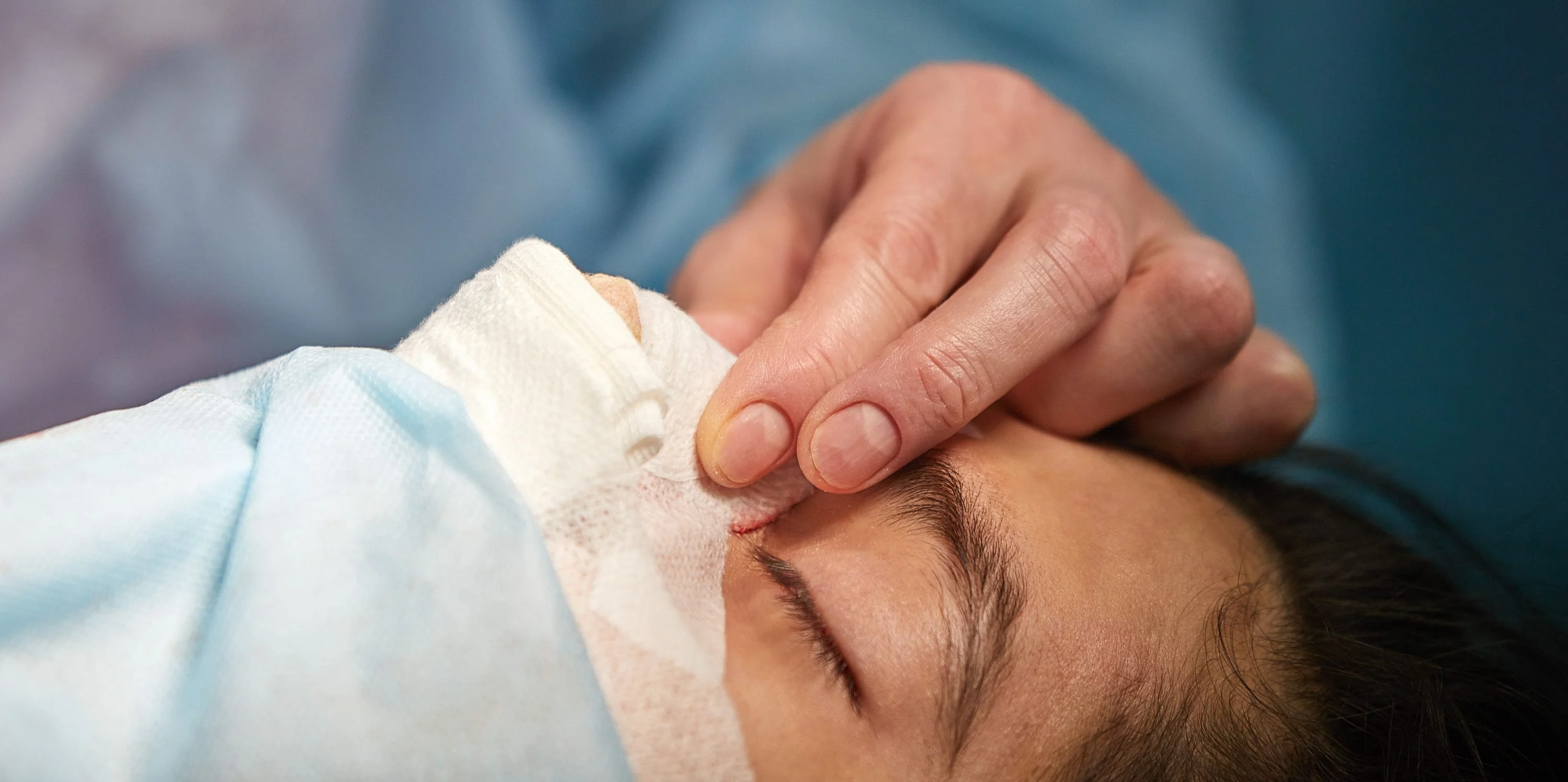Rhinoplasty

A rhinoplasty, or a nose job, is a surgical procedure designed to reshape the nose. A rhinoplasty can reduce the size of the nose, shape the tip and bridge of the nose, and shape the angle between the nose and upper lip. It can also correct birth defects, deformities due to injury, or breathing problems.
To learn more about your surgical options for your nose, call or email The Centre, P.C. to schedule your cosmetic consultation at 574-968-9100 option #2!
Frequently Asked Questions
A rhinoplasty is typically performed inside the nose, leaving no visible scars. If an open rhinoplasty is necessary, a small incision may be made under the nose, in the vertical strip separating the nostrils. This scar becomes almost imperceptible over time. The length of the procedure may vary depending on what exactly needs to be done to achieve the desired cosmetic result.
A rhinoplasty is performed under general anesthesia. The procedure is performed on an outpatient basis so that you may safely return home later the same day. You may have packing in the nose for 24-48 hours following the surgery, as well as a splint on the outside of the nose. The splint may be removed approximately one week later.
Your plastic surgeon will provide you with specific recovery instructions including how to care for your nose and concerns to look for during your recovery process.
You may be a good candidate for a rhinoplasty if you have any of the following concerns:
- Your nose appears too large for your face.
- You have a bump or depression on the nasal bridge when viewed in profile.
- The nose seems too wide when viewed from the front.
- The nasal tip droops or plunges.
- The tip is thickened or enlarged.
- The nostrils are excessively flared.
- Your nose is off-center or crooked.
- A previous injury has made your nose asymmetrical.
- You have an airway obstruction that impairs breathing.
When the surgery is performed from within the nose, it is called a closed rhinoplasty. An open rhinoplasty involves making a small incision across the columella (the vertical strip separating the nostrils) as well as within the nose.
The method used for your surgery depends on your surgeon's technique, as well as your desired results.
Working through the incisions, the surgeon sculpts the nose's framework of bone and cartilage to the desired shape. The bones may be reshaped, repositioned, or built up in certain areas by using either nasal cartilage or bones and cartilage from another body site. The skin and soft tissues are then re-draped over the reshaped framework. If the lower part of the nose is being narrowed or the nostrils are being reduced, small wedges of skin at the base of the nostrils may be removed through incisions that are hidden in the nose's natural creases.
After the first 24 hours, your face may feel a little swollen, your nose may ache, and you may have a dull headache. These symptoms can be controlled by pain medication. You may notice swelling and bruising increasing the day after surgery- it will probably peak in two to three days. Minor swelling and bruising can be concealed with makeup. Cold compresses may alleviate some swelling and make you feel better.
Some patients experience a small amount of bleeding during the first few days following surgery and stuffiness for several weeks. Your surgeon may ask you not to blow your nose for a week or more until the tissue has had time to heal. Your surgeon will go over any specific questions you may have at your consultation.

